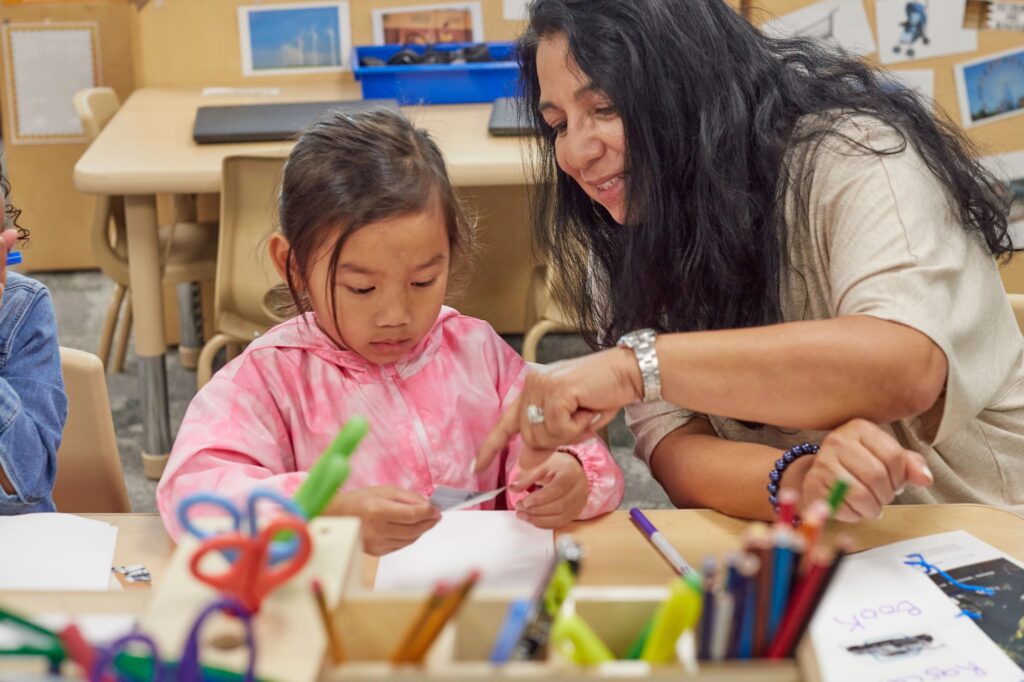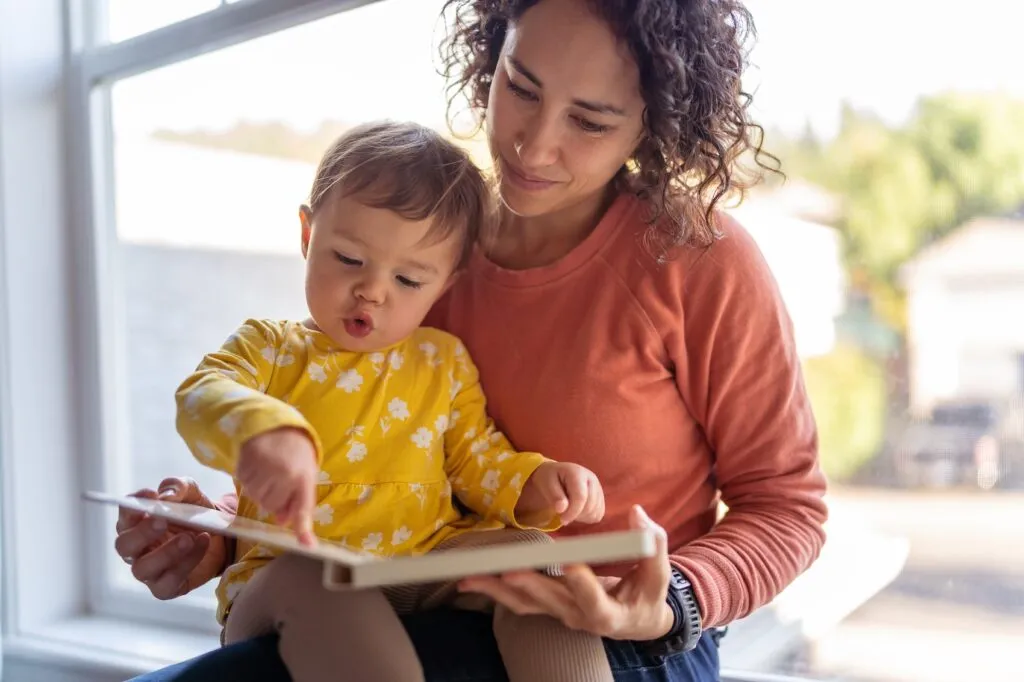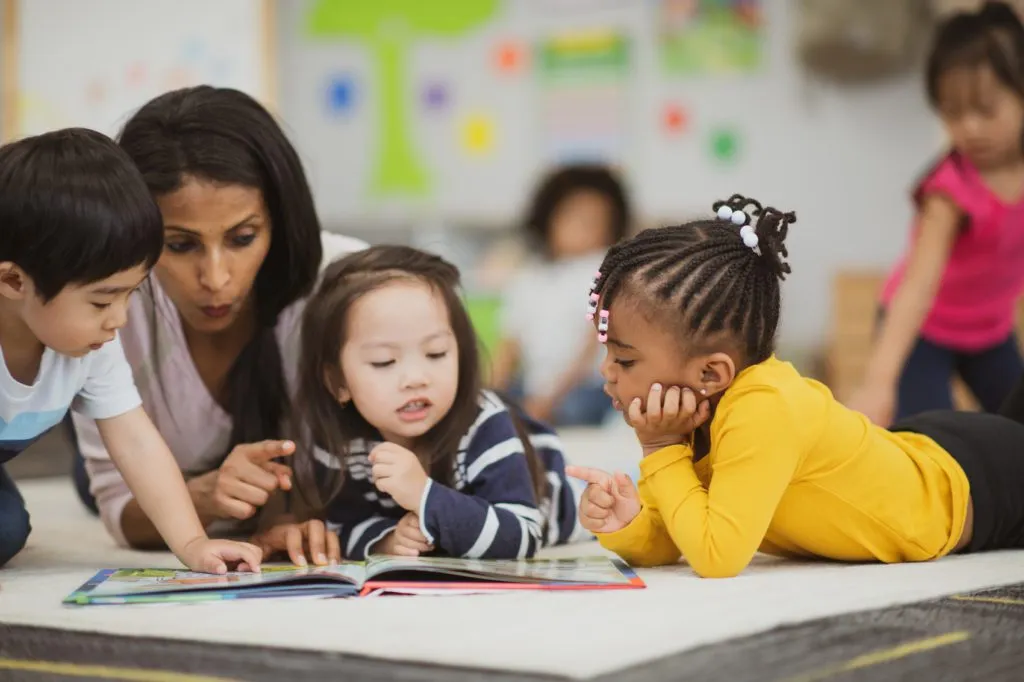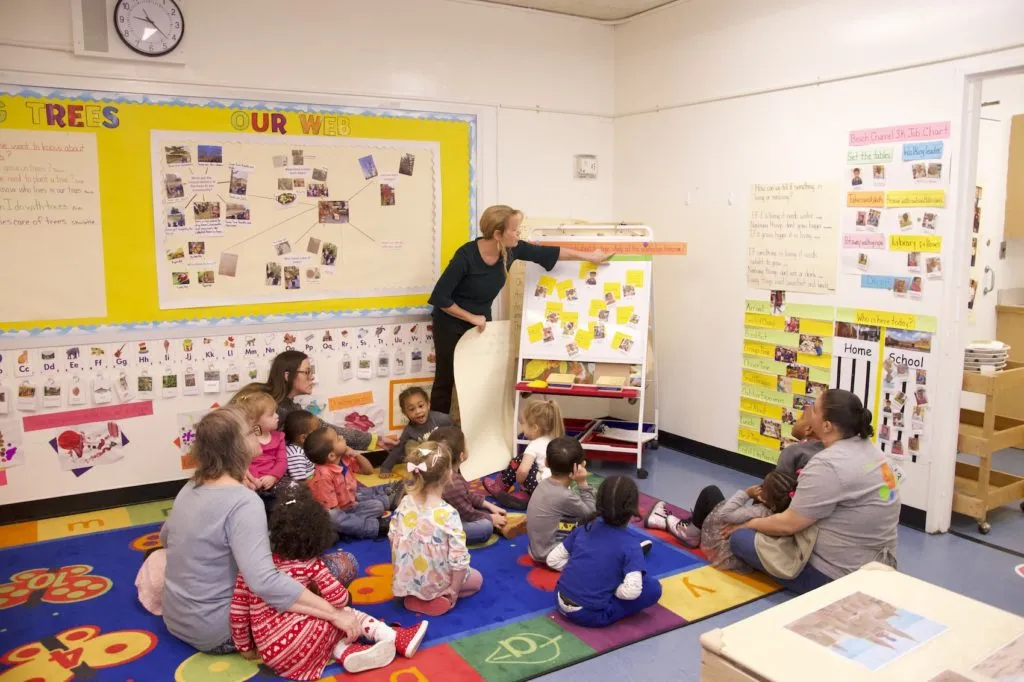Tiny Habits, Big Results: What the Science of Reading Tells Us About Literacy Learning in Early Childhood


Have you read Atomic Habits by James Clear? It’s been on best-seller lists for months (and months and months). It is most often labeled as a book for business. A colleague here at Teaching Strategies recommended it to me for the way the author discusses change. I soon realized why it has been so popular for so long.
At first, I found myself applying Clear’s ideas to lifestyle changes I had in mind for myself. You know, all the usual ones: eat healthier, exercise more, read more, get more sleep. But one day it hit me that the author’s advice could be applied to any kind of change, even the changes that take place when a child is learning to read. Here’s what I mean.
Tiny changes can deliver big results.
One of the main points that Clear makes…well…clear in his book is that small behaviors, repeated consistently over time, can deliver big results. How does this message play out in literacy learning?
Many learning experiences conducted in early childhood classrooms—including those related to language development and literacy learning—can seem small. A quick conversation. A short book. A little rhyme. A simple song.
Each of these on its own may last no more than a couple minutes. But put together, repeatedly, over time, they create the “habits” that lead to reading fluency.
“Small changes often appear to make no difference until you cross a critical threshold. The most powerful outcomes of any compounding process are delayed. You need to be patient.”
(p.24)
Recently I was asked, “When is it too early to begin literacy instruction?” My response was that there’s no such thing as “too early,” only appropriate and inappropriate, given a child’s age and developmental levels.
As soon as a parent cradles a newborn infant and begins the soft, sing-song, loving speech that defines early interactions, they are supporting their child’s language development and literacy learning.
When a caregiver engages in a back-and-forth conversation with a toddler during a diaper change or mealtime, they are supporting that child’s language development and literacy learning. The child’s contributions to the interaction may seem garbled to the adult ear but are often rich with emotion and expression.
When a preschool or pre-K teacher sings a song, tells a story, reads a book, leads a shared writing experience, welcomes each child by name each morning and says good-bye each afternoon, chats with a child during choice time, leads a tongue twister, or makes a game out of developing a skill, she is supporting children’s language development and literacy learning.
All along the way, these adults are helping children grow an extensive root system of skills through small engagements over time.
“Bamboo can barely be seen for the first five years as it builds extensive root systems underground before exploding ninety feet into the air within weeks.”
(p. 18)
Never have I read a better metaphor for the language development and literacy learning that is present in early childhood classrooms and homes than that of building an “extensive root system.”
The importance of this “underground” foundation cannot be overstated. When children enter kindergarten having already developed an extensive root system of foundational knowledge and skills, they are well prepared to tackle the systematic instruction in literacy learning that they will be offered in elementary school.
Do you know how difficult it is to get rid of bamboo once it starts its explosive growth? Skills are like that, too. For myself, anytime a desired outcome seems to take longer to reach than I would like for it to, I just repeat this phrase: “Be the bamboo.” I know that if I can remain determined long enough to establish an extensive root system, whatever it is that I’m growing in myself will become a steadfast part of who I am.
“Habits can help you achieve all of these things, but fundamentally, they are not about having something. They are about becoming someone.”
(p. 34)
The ultimate goal of reading instruction is not nearly so much about accruing discrete skills as it is about becoming a reader.
Of course, the road to becoming a reader does involve developing skills that you can use in a complex and interconnected way. These skills include the ability to decode unknown words but go far beyond phonics. Consider your own experiences as an adult reader. What knowledge, skills, and abilities do you believe contribute to your success? What makes reading not only useful to you, but joyful and meaningful?
You may recognize how a broad knowledge base and strong vocabulary are essential to comprehension: the more you know, the more you can learn.
You may point out the importance of understanding how books and stories are structured, how you learn information or follow a story when you know they include a beginning, a middle, and an end.
You may even point out how fluency, beautiful or fun language, and reading with expression can elevate mere decoding to something far more rich and wonderful.
And you may well think about the desire to read as a critical component. After all, what good is having reading skills if you don’t use them to “be” a reader?
I have some great news for you.
The science of reading confirms what many early childhood educators seem to have always known: the work you do bit by bit, day after day to develop children’s language and early literacy skills throughout the first five years of life builds an essential foundation for success in elementary school and beyond.
So keep on helping children enjoy playing with sounds and language. Keep on singing and rhyming and chanting and chatting. Keep on helping children fall in love with books and stories and characters. Keep on encouraging them to dig and build and draw and paint and play and question and explore and discover. Keep on helping children come to know themselves as capable, confident learners.
And rest assured that these tiny habits, joyfully practiced, will eventually deliver big results: children who can—and do—read.
Discover how you can guide children to develop a foundation of essential skills and knowledge within a whole-child, play-based, comprehensive curriculum.
1. Clear, J. (2018). Atomic habits: An easy & proven way to build good habits & break bad ones. Penguin Random House.


